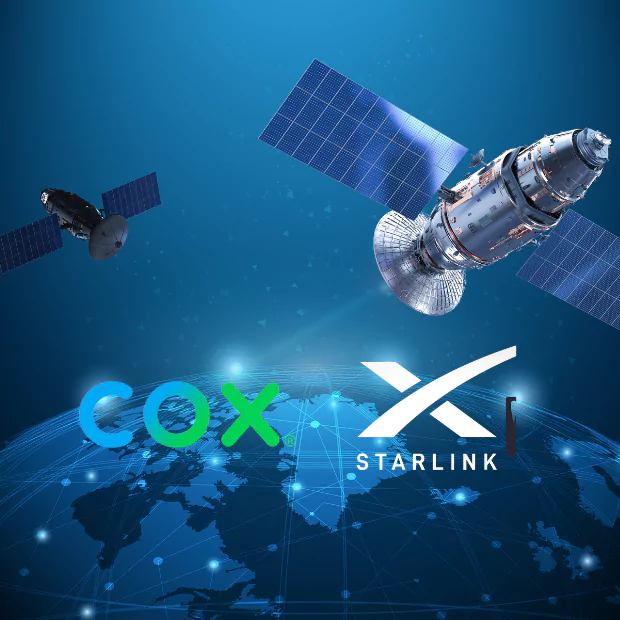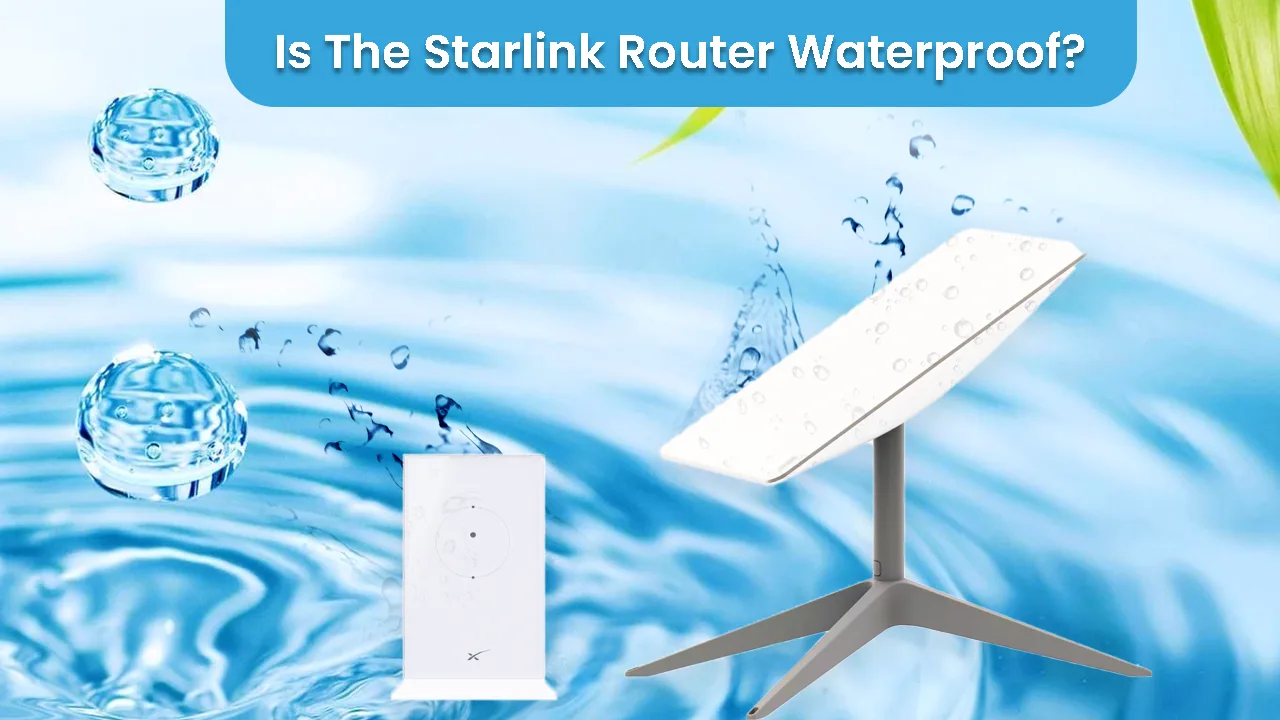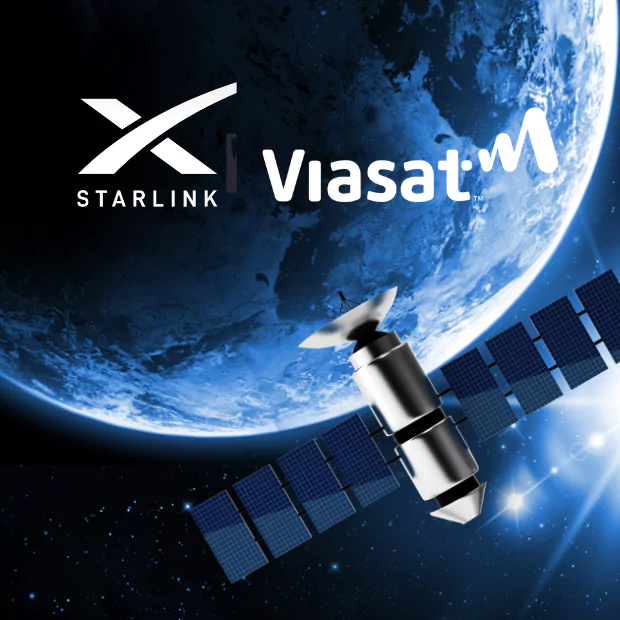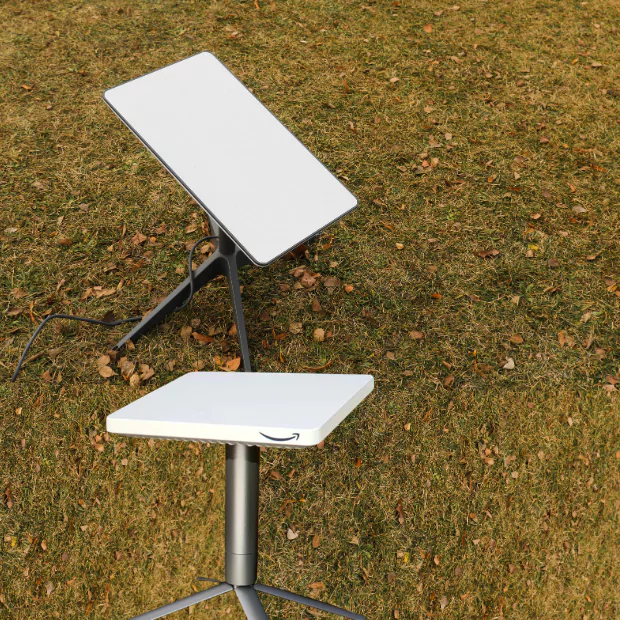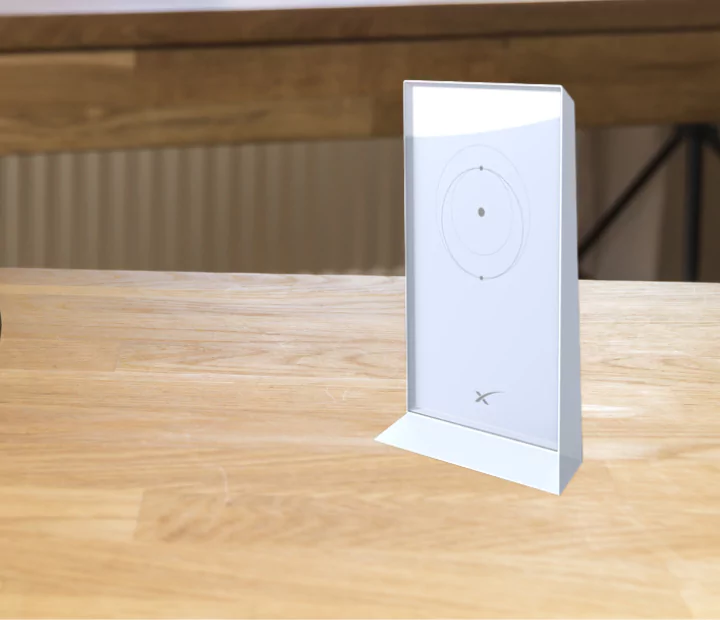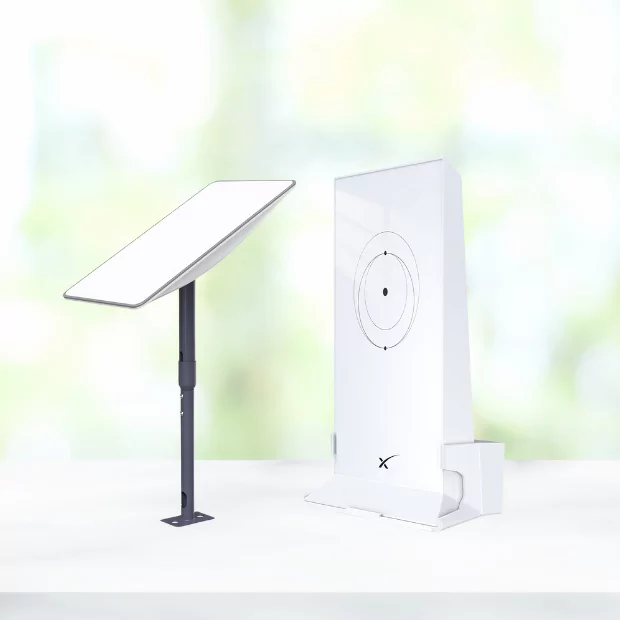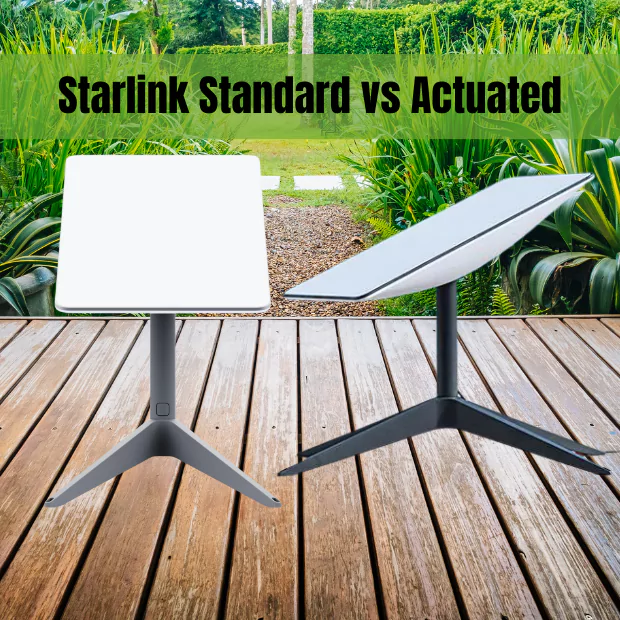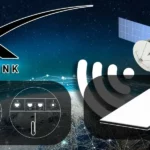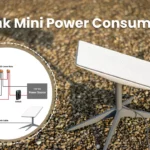According to Parks Associates, around 30% of households in the USA who subscribed to new home internet providers in the past year encountered several issues. Meaning that, a steady, reliable, and affordable ISP is on the priority list of US citizens.
Starlink and COX promise to provide reliable internet at an affordable price while having distinctive differences.
So, what are the differences?
The prime difference between Starlink vs. COX is their market and mission.
Starlink focuses on global rural connectivity using satellite networks, offering speeds of 350 Mbps.
COX targets urban areas with cable/fiber internet, delivering speeds up to 1000 Mbps. Moreover, Starlink is available in more regions globally, while COX covers 19 states of the USA.
Read this comprehensive guide to learn the differences and determine which is right for you.
Starlink vs. COX – Side-by-Side Comparison
I have prepared a comparison chart below to compare them side by side.
| Parameter | Starlink | COX |
| Market & Mission | Rural connectivity, satellite-based | Urban connectivity, cable/fiber-based |
| Method of Service | Satellite network, user terminal | Cable/fiber internet, modem/router |
| Availability | Global coverage | Limited to 19 states in the USA |
| Data Delivery | High-speed, low latency | Traditional methods with cable or fiber lines |
| Connection & Speed | Download: 350 Mbps (max.)Upload: 10-25 Mbps (max.) | Download: 1000 Mbps |
| Reliability | Minimal downtime | Steady speed |
| Price & Installation | Affordable and self-installation | Varied plans and free installation |
| Security & Privacy | TLS protocol | SSL protocol |
What is Starlink Internet?



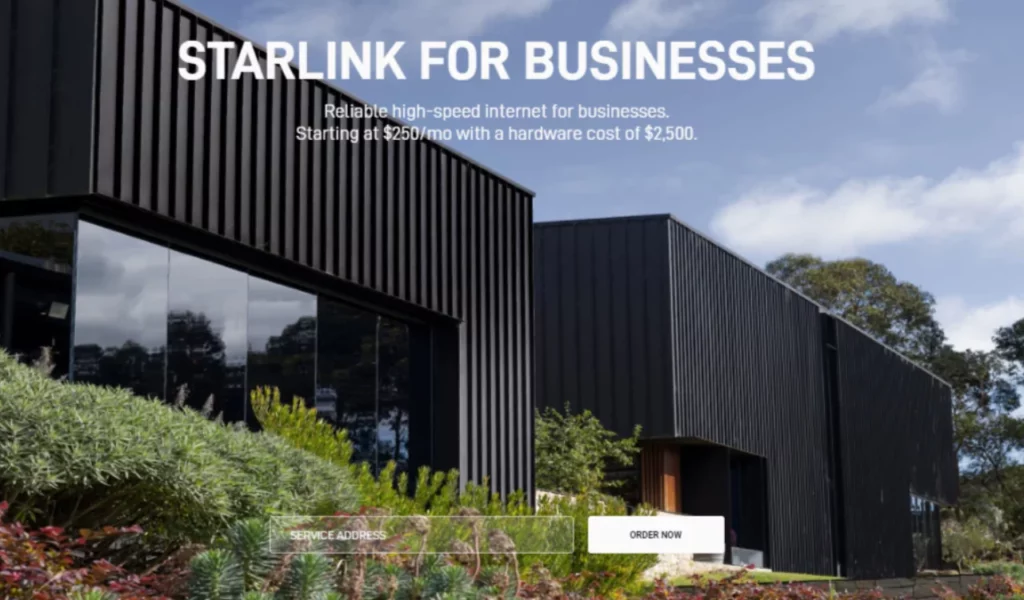
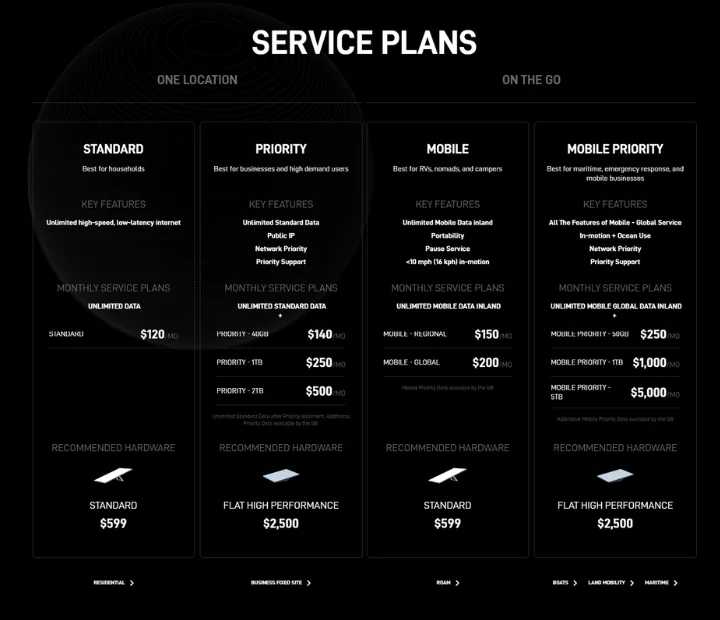
Starlink is the first satellite internet constellation in the world and a part of Elon Musk’s SpaceX. You can connect to internet service from anywhere on Earth using it. The company is offering service to more than 70 countries to date. Providing low-latency broadband and high-speed internet access in remote areas is the motto of Starlink.
- Super fast
- Durable
- Easy to install
If you want to learn more about Starlink Internet, click here.
What is COX Internet?
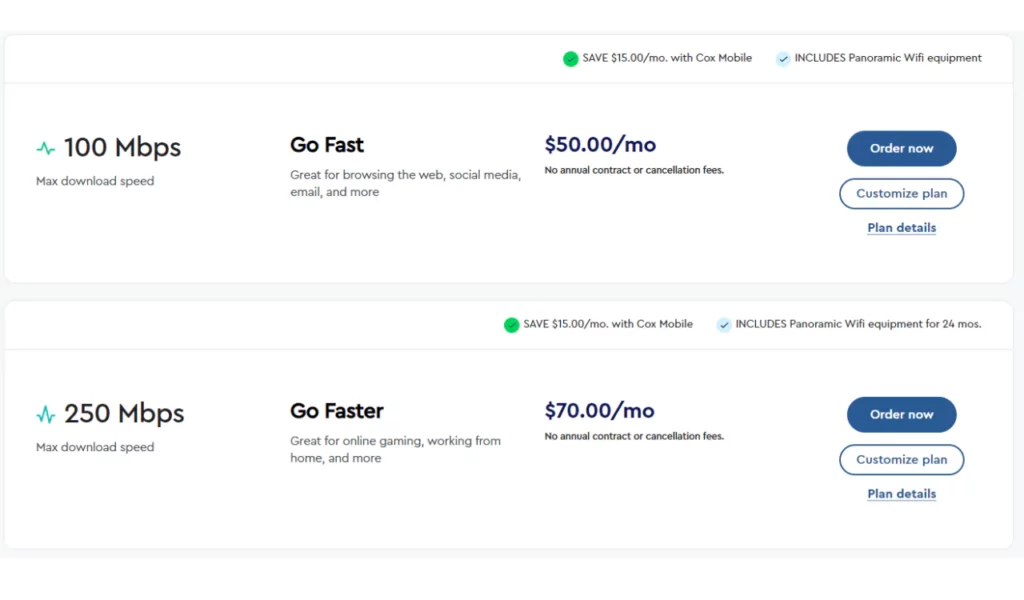

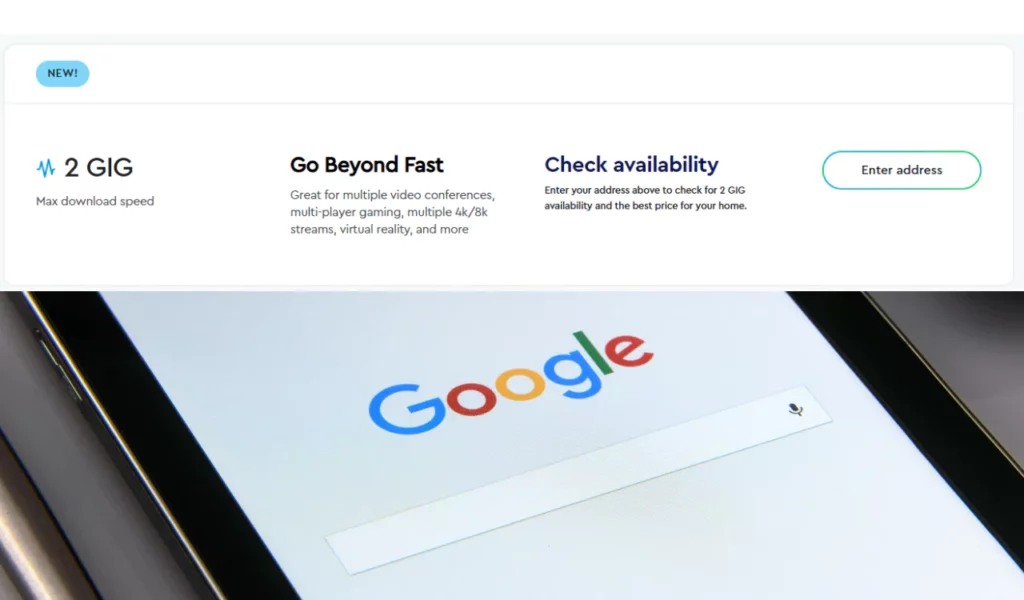
COX is an internet service from COX Communication. They provide internet through optic lines and cable in 19 states across the USA. COX Communication is one of the largest internet service providers, with over 6 million US users. They deliver reliable and fast access with a speed range of 25 Mbps to 940 Mbps.
- Affordable
- Reliable and steady connection
- EasyConnect self-installation
Starlink vs COX: Detailed Comparison
Two home internet providers are shaping the way of the future differently. Now, let’s compare them briefly.
Market & Mission
Both Service Providers promise to make high-speed internet available to everyone with different market policies.
Starlink intended to provide service to the rural people throughout the world. They use satellite networks and don’t require infrastructure to provide internet in their area. People living off the grid can access their services only by tapping the internet.
On the other hand, COX is for city people, especially for residential or commercial users. Their mission is to create connected environments between businesses and communities to build a better future for the next generation. They need existing cable infrastructure or development of the areas to stay operational in a region.
Method of Service
As mentioned, Starlink and COX are well-known for offering high-speed connections, but their service method has many differences.
Starlink launched roughly 5,500 small LEO satellites in space from 550-570 KM from the Earth’s ground. They continued sending more satellites to ensure global coverage. The Company also uses a dish and router (a user terminal) and installs many ground stations. You will require the user terminal installed on your premises to access Starlink Internet.
Meanwhile, COX uses cable or fiber internet supplied through underground cables. These cables are installed underground to prevent damage created by animals or other interference. To get their service, you have to have a router or modem. Besides, a fiber or cable node must be established on your premises.
Availability
You can expect more coverage as the Starlink satellite is in space. It is available in most parts of the USA, Asia, Canada, Mexico, Europe and Africa. As said, they are launching more satellites to increase their coverage. If you wonder whether your area has Starlink internet, visit their official website.
COX Internet is available in 19 states in the USA, including Rhodes Island, Nevada, and Arizona, to name a few. Before activating, knowing if your area has existing cable or fiber infrastructure is crucial. Otherwise, you can’t enjoy the COX internet.
Data Delivery
The satellite-based Starlink ISP delivers high speed anywhere. Starlink satellites are closely located in space to ensure low latency and internet speed of up to 150 Mbps. With newer technology, Starling’s internet is 10X faster, steady, and error-free compared to traditional internet companies like Viasat or Hughesnet.
Like other ISP providers, the COX uses traditional methods by digging cable lines to provide internet access. Fiber optic lines and coaxial cable are two popular methods of data delivery used by them. These data delivery methods require extensive construction and existing infrastructure.
Connection & Speed
Starlink has a download and upload speed of 100-220 Mbps and 10-25 Mbps, respectively.
Be noted that this speed is for Standard Plan users, and you can get the speed up to 350 Mbps based on the Plan.
At the same time, low latencies will be between 20-40 MS. This data can vary depending on the weather and network congestion.
Related: How Fast Is Starlink Internet.
Conversely, the COX provides speed up to 1000 Mbps, which is super-fast than other cable internet providers. Interestingly, a few users stated that they got 2000 Mbps of speed. Its latency is between one digit MS to 25 MS when worse. Moreover, as the data travels through cables, the performance doesn’t go down due to harsh weather.
Reliability
Satellite internet has a bad reputation for being unstable, painfully slow, and massive lag. Thanks to Starlink, they guaranteed high-speed, low latency, and zero dead zones with the low-flying satellite networks.
On the flip side, COX internet is steadier and faster than Starlink as it uses cable lines. Consistent speed and minimal downtime are the prime features of COX.
Price & Installation
Starlink is pricier than COX, but all costs rely on the PLAN you choose for your premises. The standard residential package price is $599 (kit+shopping cost), and the monthly cost is $120.
You can also get the RV plan for $599 (kit) with a monthly fee of $150. Moreover, the range of the Premium Plan (maritime, aviation, business) is $2,500 – $25,000. You can save the cost by renting a Starlink kit at a lesser price while the connection fee is there.
However, Starlink features self-installation so you won’t need technical help.
COX has five different plans based on download speed: 100 Mbps-$50/month, 250 Mbps-$70/month, 500 Mbps-$90/month, 1 GIG-$109.99/month. You have to contact support for 2 GIG speed. Remember that payment for the Gateway Modem needs to be done separately. However, they offer a 1-year contract and a 1.25 TB data cap. You can lease a COX internet gateway at $14/month to save costs and enjoy free installation.
Security & Privacy
Starlink collects large amounts of user data, such as locations, internet activity, etc. The good thing is that they use a secure connection protocol named Transport Layer Security (TLS), which protects user information from data breaches and other attacks.
The COX maintains the highest level of security to protect user data. They use a GeoTrust Secure Sockets Layer (SSL) to prevent loss, theft, misuse, and unauthorized access to customer information.
Starlink vs COX – Which One to Choose?
Deciding between these two ISPs is straightforward as they have lots of differences. Choose the best for your internet requirements.
| I Suggest You Choose Starlink If | I Suggest You Choose COX If |
| You live in a rural area | Your home in a city or residential or commercial area |
| You want a cheaper internet service | You prefer faster and steadier internet access |
| Your preference is ease of use | You require a reliable internet service |

